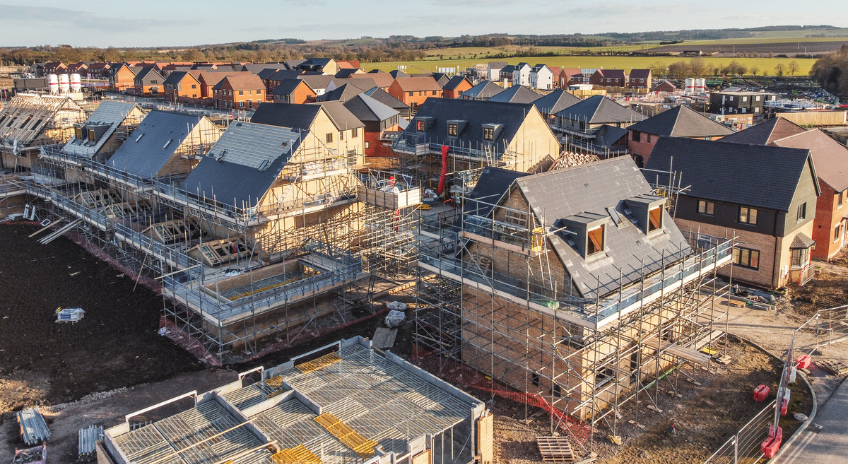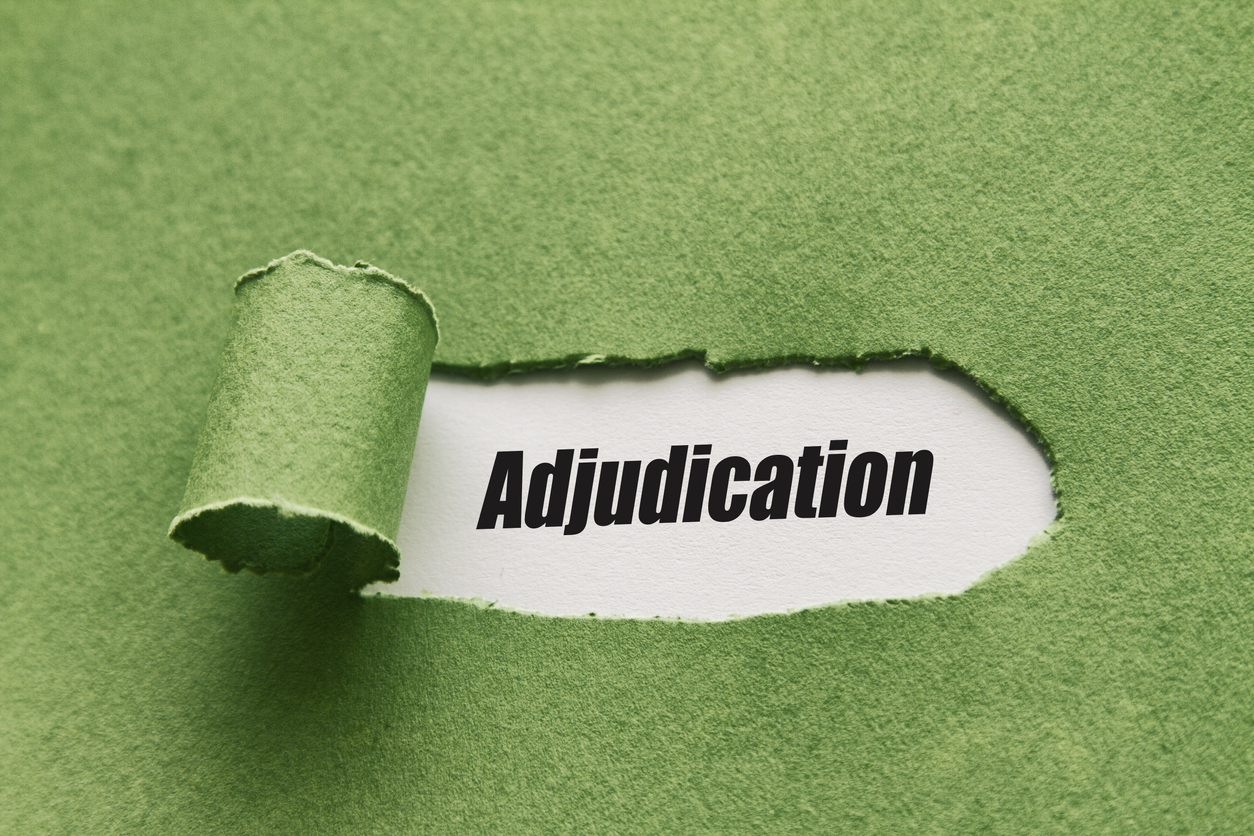
Rising from the Ashes – Planning Implications of Rebuilding Heritage Assets
Date: 14/06/2019 | Construction, Planning, Real Estate, Residential Development
As flames engulfed Notre Dame Cathedral in Paris in April, observers in Scotland recalled the devastation wreaked by fire on the Glasgow School of Art in 2014 and 2018. Sadly, other historic buildings are not immune from similar harm. There are currently 2,310 entries on Historic Environment Scotland (“HES”)’s Buildings at Risk Register, which monitors listed buildings and buildings in conservation areas that are vacant and in disrepair. Following the recent launch of the Scottish Heritage Crime Group and HES’s new Historic Environment Policy for Scotland having taken effect on 1 May 2019, we review what planning law considerations apply to the preservation of heritage assets, specifically listed buildings.
Role of the Landowner
Heritage protections exist for listed buildings, unlisted buildings in conservation areas and scheduled monuments. The most common of these is the listed building. Works affecting a listed building’s character as a building of special architectural or historic interest must be carried out under a Listed Building Consent (“LBC”) from the planning authority. LBC is required for total or partial demolition, alterations and extensions, including both internal and external works. LBCs may specify the required materials and standard of work, to ensure a high quality of restoration.
Even minor, reversible and temporary alterations which do not require standard planning permission will require LBC if they affect the character of the building. Contrary to popular belief, “like-for-like” repairs may also require LBC. Each proposal will be assessed by the planning authority on its own merits. Where there is extensive damage, approval to demolish a listed building will only be granted where there is no viable alternative. If demolition is approved, the owner must notify HES three months in advance of works so it can record important features before they are removed or destroyed.
Emergency work can be done to a listed building without LBC, provided:
- works to the building were urgently necessary in the interests of safety or health, or for the preservation of the building;
- it was not practicable to secure safety or health or, as the case may be, the preservation of the building by works of repair or works for affording temporary support or shelter; and
- the works carried out were limited to the minimum measures immediately necessary.
Wherever possible, owners should seek advice from the planning authority before doing listed building works and provide details of the works required.
Planning Authority Powers
There is no direct legal obligation on owners to repair heritage assets but a planning authority can use its statutory powers to force preservation works. This would be through enforcement notices requiring repairs, a court order to prevent unauthorised works or, in extremis, compulsory purchase to take control of the asset. It can also enforce breaches of conditions attached to any existing LBC or against works done without the necessary LBC.
There is no time limit to serving an enforcement notice in relation to a breach of listed building control. Enforcement notices can be served at any time, including where works have been done in the past by a previous owner. Non-compliance with an enforcement notice served by the planning authority may result in prosecution or the authority may do the work itself and recoup costs from the owner. Enforcement action can also extend to unauthorised works in the curtilage or setting of a listed building, even if where no works are done to the listed building itself.
Carrying out work on a listed building without consent, or failing to comply with a condition of the consent, can also result in prosecution and can result in a prison sentence. The creation of the Scottish Heritage Crime Group suggests that prosecution will be considered more often by the Regulators.
In addition to LBC, the usual planning permission under the Town and Country Planning Act is required where works materially affect the external appearance of a listed building. Any breach of planning regulation could lead to enforcement, again, empowering the authority to enter the land, do works and seek costs from the owner. Planning enforcement (as distinct from listed building regime enforcement) must be taken within four years of unauthorised works or the breach effectively becomes immune from enforcement.
Commercial and Other Considerations
Given the on-going nature of the risks, purchasers should carry out planning due diligence when acquiring a listed building. We can assist with compliance reviews and negotiating contractual protections against potential enforcement claims. We can also advise on regularising breaches and enforcement appeals, as well as on more general issues affecting heritage assets. Should you find yourself involved in enforcement action, our litigation team has extensive experience dealing with Regulators and the criminal justice system. Please contact Jacqueline Cook (Head of Planning) or Laura Irvine (Head of Regulatory Law) for further information.






















































































